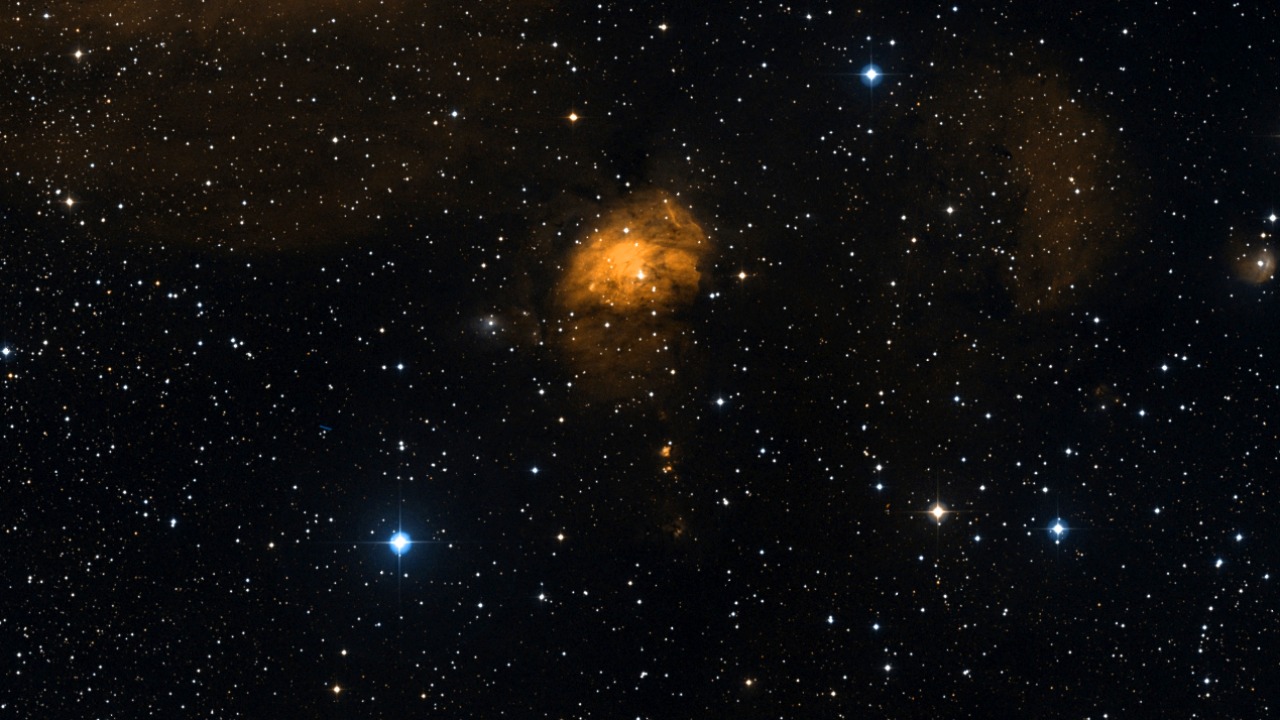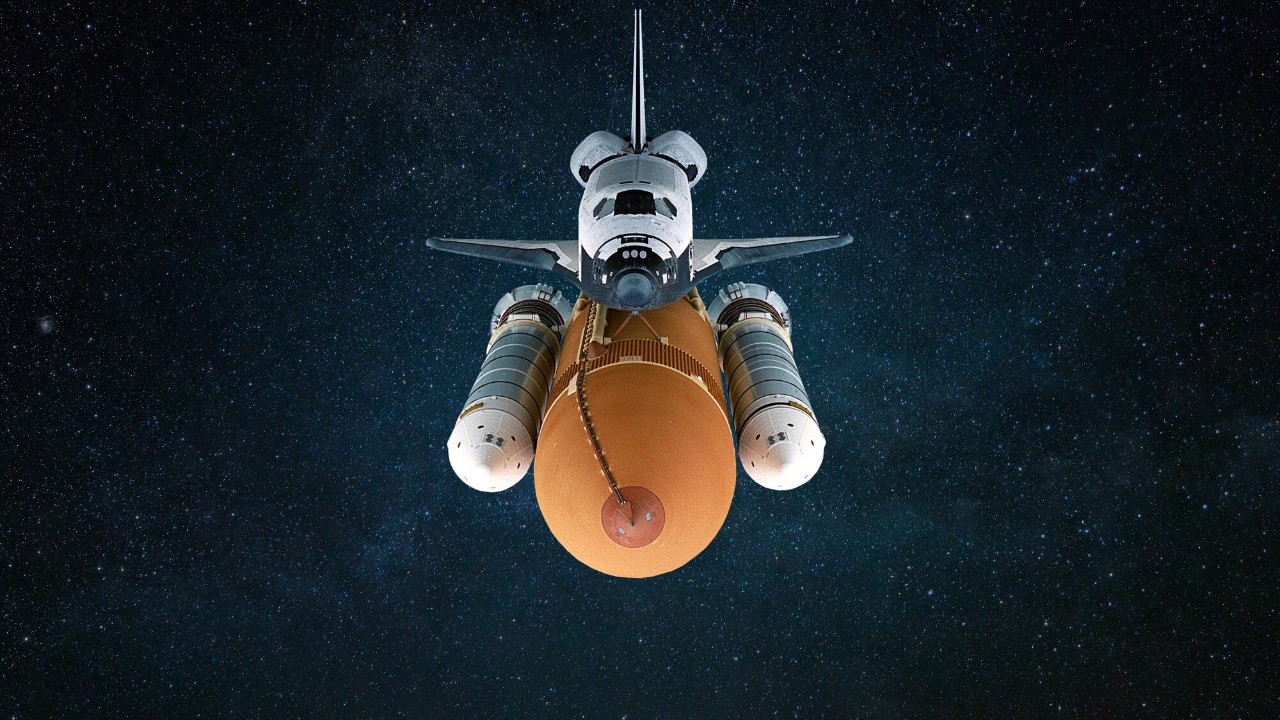
In an unprecedented leap for humanity, a spaceship designed to carry 1,000 humans will soon embark on a one-way journey away from Earth. This mission marks the beginning of a new era, where the boundaries of human settlement extend beyond our home planet. The challenges are immense, but so are the possibilities for those willing to leave Earth behind forever.
The Vision for Humanity’s Future Beyond Earth

Humanity’s desire to colonize other planets is driven by several pressing concerns and aspirations. One of the most significant motivations is the growing concern about Earth’s sustainability. With the planet’s resources being depleted at an alarming rate and overpopulation becoming an increasingly critical issue, the search for a new home has taken on an urgent tone. By establishing colonies on other planets, humans not only address these concerns but also open new avenues for scientific discoveries and exploration.
Technology plays a pivotal role in making interstellar travel possible. Recent advancements in propulsion systems, such as ion thrusters and nuclear-powered engines, have significantly increased the potential for long-distance space travel. Similarly, breakthroughs in life support technologies are crucial for sustaining human life in space. These advancements, combined with innovative engineering solutions, are essential for creating a viable environment for a permanent human presence beyond Earth.
The Design and Purpose of the Chrysalis

The Chrysalis is a marvel of modern engineering, designed to support human life indefinitely. Its core features include advanced life support systems, agricultural modules, and renewable energy sources that work in harmony to create a self-sustaining ecosystem. The ship’s modular design allows for adaptability and expansion, ensuring that it can evolve to meet the needs of its inhabitants. This adaptability is crucial for the long-term success of the mission, as it allows for the incorporation of new technologies and solutions as they become available.
The primary goal of the Chrysalis mission is to reach a suitable exoplanet for colonization. This ambitious objective is not only a testament to human ingenuity but also a significant milestone in our history. By successfully establishing a permanent settlement on another planet, humanity takes a giant leap forward in its evolution, forever altering its place in the universe. The significance of this mission cannot be overstated, as it challenges our understanding of human potential and expands the horizons of what we can achieve.
Life on Board: The Human Experience

Life on board the Chrysalis will require significant adjustments, as individuals adapt to living in a confined space environment. Social structures and governance will evolve to meet the unique challenges of space living. The establishment of a functioning community will be paramount, with individuals working together to maintain social harmony and ensure the well-being of all members. The psychological and emotional challenges of living in a spaceship cannot be underestimated, and strategies will be necessary to address issues such as isolation and homesickness.
Cultural heritage, education, and entertainment will play vital roles in maintaining a thriving community on the Chrysalis. Preserving and sharing cultural knowledge will help maintain a sense of identity and continuity for the inhabitants. Education will be a cornerstone of life on board, ensuring that future generations are equipped with the skills and knowledge needed to thrive in this new environment. Creativity and entertainment will also be essential, providing outlets for expression and helping to foster a sense of community and belonging.
Challenges and Ethical Considerations

Long-term space travel presents numerous technical challenges and potential risks. The possibility of technical failures is a constant concern, and comprehensive strategies are in place to mitigate these risks. Resource management and sustainability are also critical issues, as the success of the mission depends on the efficient use of limited resources. The development and implementation of cutting-edge technologies are vital for overcoming these challenges and ensuring the mission’s success.
The ethical debates surrounding the mission to leave Earth permanently are complex and multifaceted. The selection of individuals for this journey raises moral questions about who gets to leave and why. Additionally, the societal impacts on Earth are significant, as this mission represents a departure from humanity’s birthplace. The decision to embark on such a journey challenges our understanding of what it means to be human and raises questions about our responsibilities to both our planet and each other.
The Legacy of Humanity’s Journey to the Stars

The potential outcomes and legacies of humanity’s first interstellar voyage are profound and far-reaching. This mission could redefine humanity’s place in the universe, opening new possibilities for exploration and interstellar diplomacy. Future generations may look back on this mission as a pivotal moment in human history, marking the beginning of a new era of exploration and discovery.
The philosophical and existential questions raised by leaving Earth are equally compelling. The idea of human identity and purpose beyond Earth challenges our notions of what it means to be human. As we venture into the stars, we must contemplate the broader meaning of exploration and the human spirit. This journey is not just about finding a new home; it is about understanding our place in the universe and embracing the unknown with courage and curiosity.